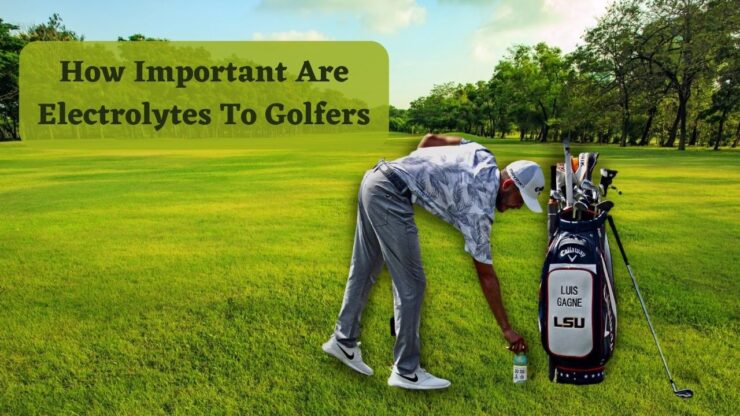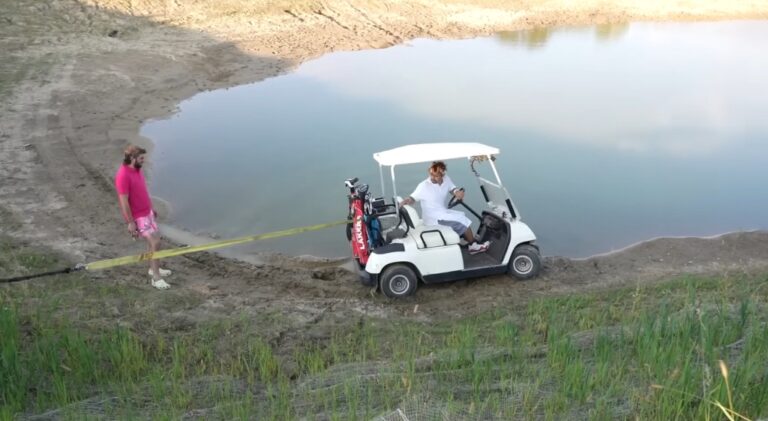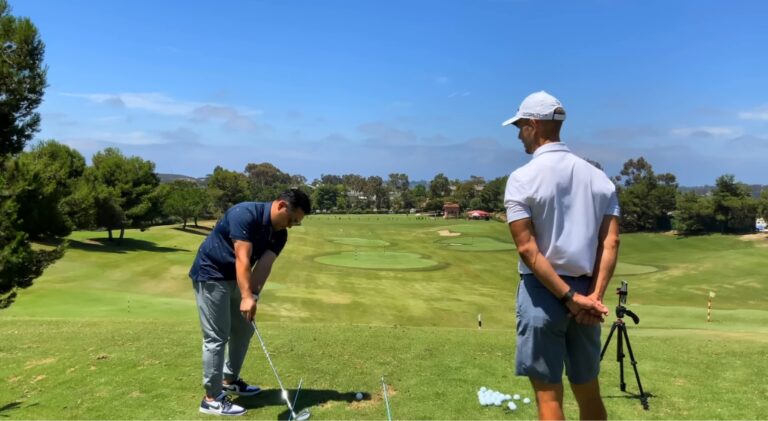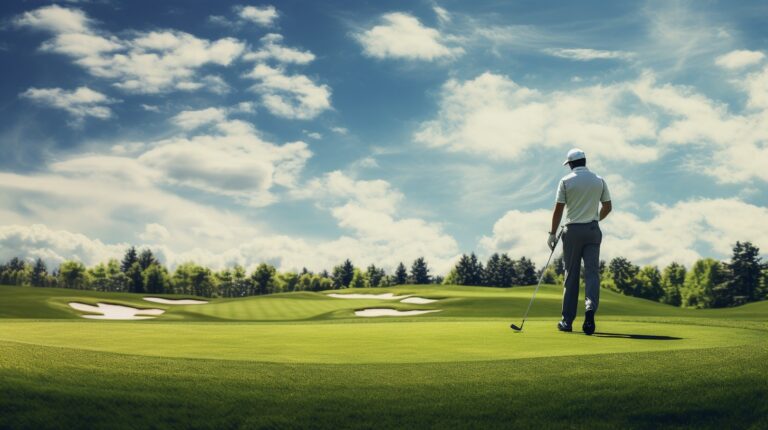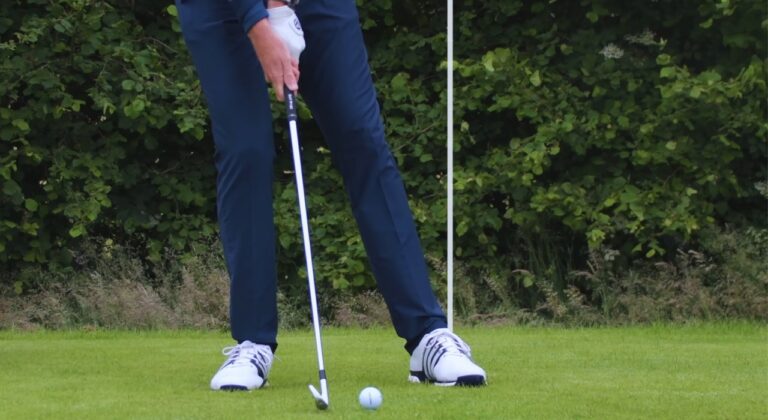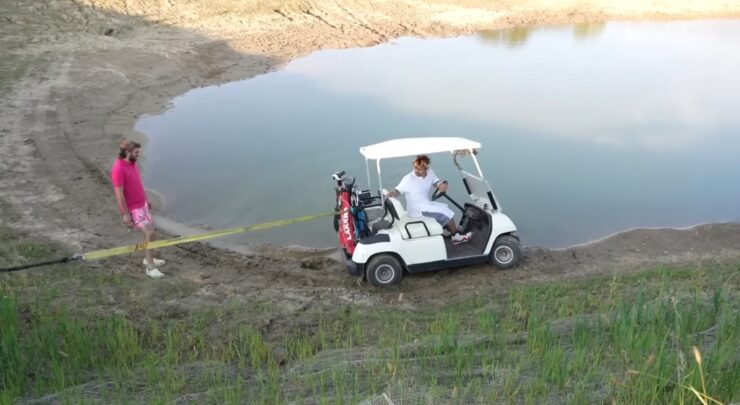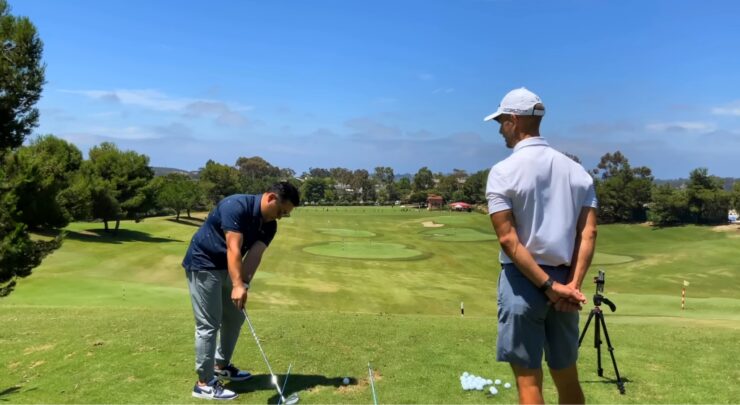Despite its scientific name, the term “electrolytes” refers, in the world of sports, to the minerals that are essential for proper hydration. These minerals include sodium, calcium, potassium, and magnesium. They can be found in everyday foods, mineralized water, and sports food products.
Electrolytes are essential in muscle contraction, maintaining good hydration, and transporting the nerve message between the brain and the muscles.
The importance of electrolytes to athletes
During a game of golf, plenty of electrolytes can be lost through sweat. It is now well established that hydration and proper food intake adapted to the conditions of intense physical activity are essential factors in the performance of golf.
However, abundant rehydration with non-mineralized water during prolonged efforts runs the risk of hyponatremia with severe consequences. If you drink a lot of water when you have sweated without taking in electrolytes, you risk agitating the body’s osmosis process.
The solutes in your blood, already depleted by sweating, will be further diluted. It is, therefore, essential to hydrate yourself correctly, in small quantities, and with a mineral intake that will allow you to rebalance the electrolytes for your body accurately.
Moreover, combining electrolytes with maltodextrin allows you to maintain your golfing performance for longer and have better endurance. This combination also increases the absorption of water in your body.
What are the benefits of electrolytes?
Electrolytes are essential to ensure the functioning of your brain and muscles and, more generally, to have a balanced internal body.
Electrolytes to contract your muscles
Four electrolytes play a central role at two levels in muscle contraction:
- calcium and magnesium in the muscles.
- potassium and sodium in the brain
As with most actions in your body, everything starts in the brain. This is especially true for motor skills. For your body to move, muscles must contract. And for muscle contraction to occur correctly, your brain must send an electrical signal to your muscles.
When your brain tells your body to make a specific movement, this nerve stimulation causes a reaction in your cells: sodium flows out when the muscle contracts, and potassium flows out. And conversely, when your muscle relaxes, potassium leaves the cell to make way for sodium.
In the muscles, calcium ions enter your muscle cells allowing the muscle fibers to move over each other: muscle contraction. These calcium ions come out when the muscle relaxes. And it is magnesium that oversees regulating the inflow and outflow of calcium ions within the muscle cells.
As you can see, the electrolytes work in synergy to ensure muscle contraction and thus enable you to swing and play golf. It’s a real team effort!
The importance of acid-base balance
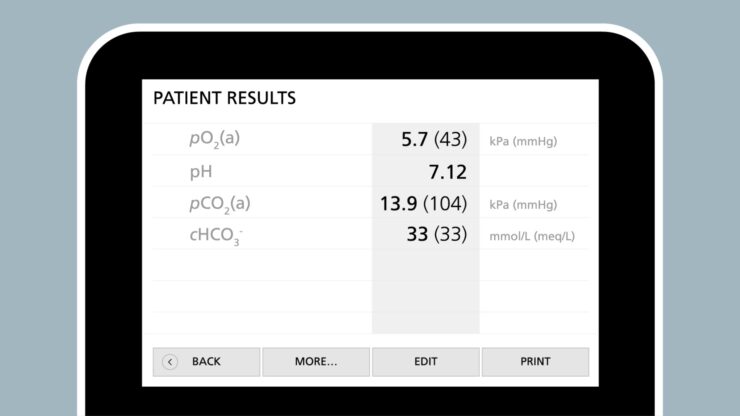
Like the water in a swimming pool, your blood needs a perfect balance between acidity and alkalinity to function correctly. Even a slight deviation can lead to severe damage to your organs.
If you remember your biology lessons, the pH is measured on a scale of 0 to 14, with 7.0 being a neutral pH. In the human body, blood has a slightly basic pH of between 7.35 and 7.45. The lungs, kidneys, and buffer systems control this pH level to remain perfectly balanced.
As for the electrolytes, they play the role of regulator, and this is the case for calcium, potassium, and magnesium. Many factors can unbalance this pH level, resulting in two types of medical conditions: acidosis (blood that is too acidic) or alkalosis (blood that is too basic).
Various disorders in the form of inflammation are associated with acidosis or alkalosis, such as asthma, hyperventilation, tendonitis, kidney problems, or digestive problems due to inflammation of the intestinal wall. One of the solutions (also therapeutic) to restore the acid-base balance is the consumption of electrolytes.
Maintaining osmosis
All cells in the human body are surrounded by a semi-permeable barrier called the cell membrane. This cell membrane protects the cells from dangerous molecules and agents (viruses, bacteria, etc.). Although this barrier does not let anything in, it remains semi-permeable to allow water to circulate in your body.
Exercises that Golfers Perform During a Game
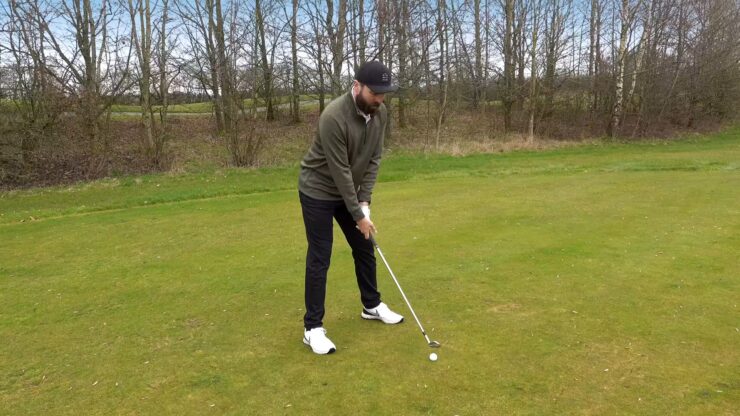
Physical activity is a crucial component of golf, contributing to overall performance and health. Golfers often engage in exercises that focus on core stability, flexibility, and rotational power. These may include exercises such as rotational twists, trunk rotations, and core strengthening exercises like planks and Russian twists.
Golf can vary in its physical demands depending on factors such as course length, terrain, and individual playing style. While it may not be as physically intense as some high-impact sports, golf still requires a certain level of physical fitness and endurance. That’s why hydration and optimal consumption of electrolytes are important in golf.
Why does water have to travel freely through your body?
Simply put, it is to ensure homeostasis. This refers to all the processes that maintain the conditions necessary for the survival of living beings. Indeed, the organism needs a balance to survive.
It happens that certain regions have a high concentration of solute. Water will, therefore, pass through the cell membranes from an area with a low concentration of solutes to an area with a high concentration of solutes to re-establish a balance: this is the concept of osmosis.
These solutes are, therefore, essential for maintaining optimal hydration in your body. The main mineral that regulates water movement in your body is sodium, also known as Na+. It is an ion widely found in our diet and vital to maintaining water balance and osmosis.
Through osmosis, water extracts nutrients from your food and removes waste from your bloodstream, mainly through your urine.
Where can I find electrolytes?
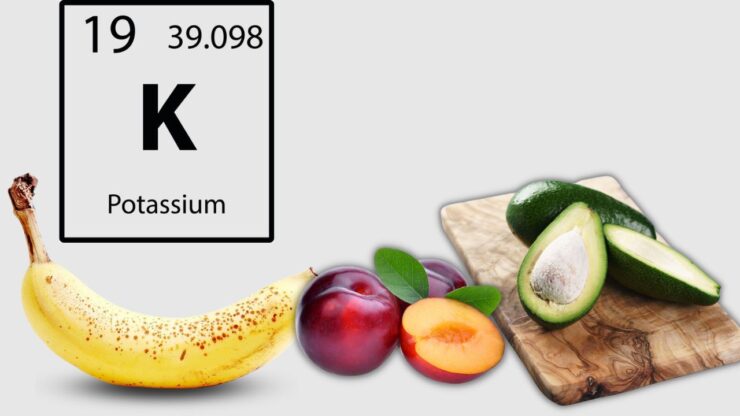
If you are suffering from a mineral deficiency, don’t panic! You can find all the electrolytes you need in many foods.
- Calcium: seeds, cheese, yogurt, beans, lentils, almonds, whey protein.
- Magnesium: oilseeds (almonds, cashews, etc.), avocado, vegetables, dark chocolate.
- Potassium: artichoke, banana, plum, lentils, sweet potato flour.
- Sodium: table salt, cottage cheese, shrimp, sardines, olives.
- Zinc: meat (beef, chicken legs), seafood, seeds, dairy products.
Food supplements
Electrolytes can be found in various forms in food supplements, and there are electrolytes in powder form. These supplements contain electrolytes and specific vitamins to increase the absorption of micro-nutrients by your body.
Drink supplements
With its perfectly balanced supply of electrolytes, energy drinks are one of the ways you can quickly get your electrolytes replenished. They are often the sports drink of choice at gyms and competitions. You can try LifeAid, a ready-to-drink energy drink with high-quality, clean ingredients. It’s a simple way to replenish the supply of electrolytes during your golf games and practice sessions.

